
By Alex Wilson
Christopher Grantham first learned about hang gliders when he was a kid in the 1980s, riding in his parents old Volkswagen Vanagon from their home in Ojai to visit beaches around Ventura. There was an industrial welding company on Highway 33 in Oak View that did a side business fabricating hang gliders, and giving lessons on how to soar like a bird over the local mountains.
“I remember sort of peering out the side of my parents’ Vanagon and seeing that sign go by all the time,” Grantham told Ventana Monthly. “Of course, I was 5 or 6 years old, so there was no way they were going to let me hang glide.”
Years later, around 2000, Grantham saw two paragliders fly over his Ojai home and land near Nordhoff Junior High and High School. At the time he was feeling dissatisfied with his career in graphic illustration after realizing he didn’t like being glued to a computer all day, and he ran over to meet the pilots on the ground. They told him they needed someone to drive their van back down mountain roads after they launched, and Grantham’s paragliding career took flight.
“That kind of got me into the scene,” he said. “And then (I) started teaching. So, I was trying to find a way to make that lifestyle my work…and it’s been an upward spiral ever since.”
Grantham bought Fly Above All Paragliding in 2012. Originally established in 1974, Fly Above All is considered the longest continually operating gliding school in the U.S. All of the company’s instruction is now focused on paragliders instead of hang gliders.
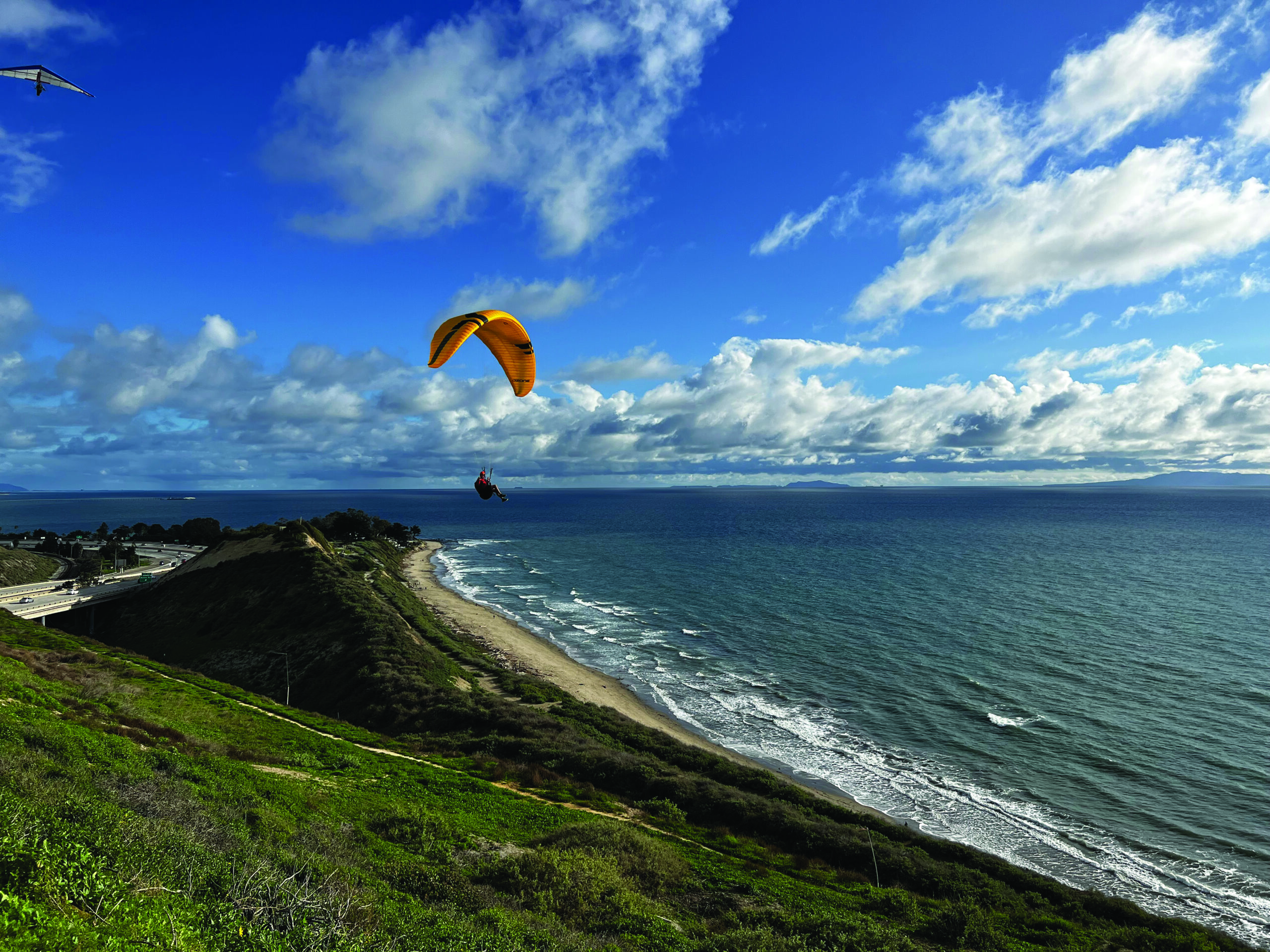
Advances in paragliding technology
Paragliders and hang gliders have some key differences. Paragliders resemble parachutes suspended by lines and are flown from a sitting position. Hang gliders, by contrast, are larger, heavier and shaped more like triangular airplanes. They’re flown face-forward and controlled with a bar. Paragliding technology has come a long way in recent years, and they are easier to fly than ever before.
“The way the gliders are designed and the materials being used, the way they fly, the safety protocols and stability of the gliders has considerably improved,” Grantham said.
The first paragliders were built more like skydiving parachutes that “came down like a ton of bricks” and weren’t very good at gliding. The gliders have gotten so good that pilots are now able to ride thermal updrafts all the way from Santa Barbara to Ojai or Santa Paula, with one pilot even reaching the Hollywood Bowl, Grantham said.
“It’s a little bit like iPhones. Every generation they get just a little bit better. And so, the current set of gliders has pretty amazing performance. You can go some pretty good distances, they’re considerably faster and considerably safer.”
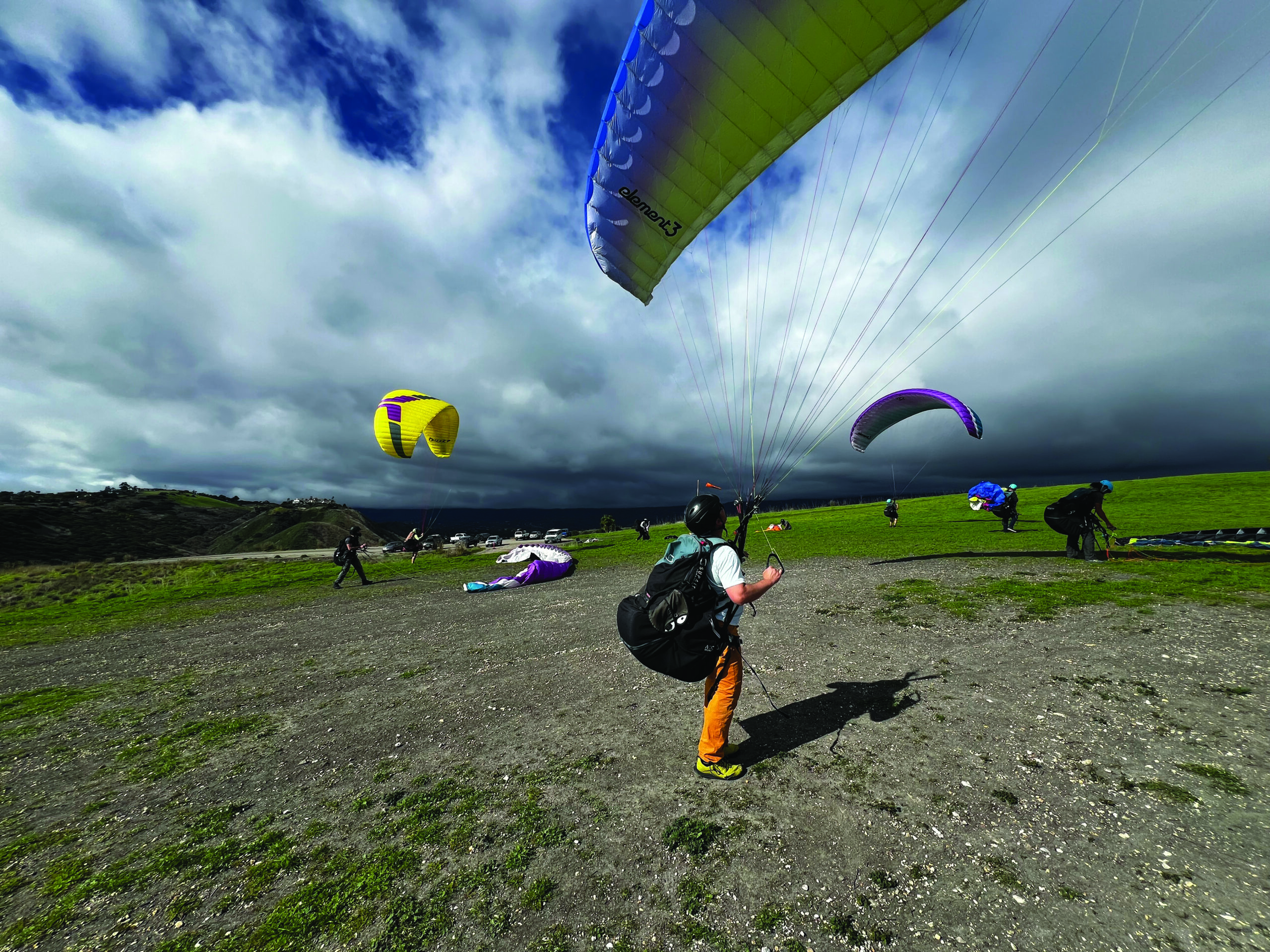
Zen and the art of paragliding
Clients of Fly Above All come from all over the United States and even other countries, partly because Elings Park between Santa Barbara’s Mesa neighborhood and Hendry’s Beach has ideal topography for beginners. Consistent sea breezes that usually pick up in the late morning and great flying conditions during winter are other reasons Santa Barbara draws enthusiasts from all over the world.
The certification course offered by Fly Above All costs $2,000 and usually takes people about 10 days to complete. Entry-level gliders, or “wings” as they’re also called, sell for around $6,000. Grantham said the sport appeals to people who are self-reliant and compares it to the feeling of surfing, but on wind instead of waves.
“There’s nobody else involved. You’re kind of isolated. And it’s just you and the wind. There is something very Zen and flow-state about it. You are focused on one thing,” Grantham said, adding that people also feel an incredible connection to nature while they’re soaring.
“You get to see things that no other person has really seen up close before. Planes aren’t flying that close to the terrain and we get to see all the wildlife. Recently a student had an amazing flight with California Condor No. 42 up in Ojai. It flew with him for 15 to 20 minutes. So, kind of magical experiences that very few people get to do. It’s very cool.”
Soaring with Eagle Paragliding
Rob Sporrer owns another gliding business offering lessons at Elings Park, Eagle Paragliding, founded in 1998. A third, Fly Away Hang Gliding, specializes in the larger, more traditional fixed-wing aircraft.
Elings Park, interestingly, is not managed by the city or county, but rather is the largest community-supported nonprofit park in the U.S. Part of it sits on a former landfill site managed by a foundation which supports operations through sports-facility rentals and two wedding venues. The 230-acre property features panoramic 360-degree ocean and mountain views.
Eagle Paragliding also has a shop in Downtown Santa Barbara where gliders are serviced. It looks a bit like a bike shop inside, but instead of sprockets and spokes, colorful spools and buckles line the walls. In addition to a certification program that requires a commitment of about 10 days, Eagle Paragliding offers a one-day introduction course costing $225 on weekdays and $250 weekends and holidays.
Sporrer said it’s the unique geography of Elings Park, with a grassy hillside situated next to a flat landing area, that makes it so perfect for beginners.
“I feel like it’s our forte because of the flight park that we have,” Sporrer told Ventana Monthly. “Any place that you have a paragliding operation, how you do your operation is dependent on what you have with respect to geography. For example, in Hawaii, I have friends on Oahu who teach paragliding. They don’t have a spot like that. They actually have a tow line where they tow people up 150 feet. That’s how they practice. So, we have THE spot to stick your toe in the water.”
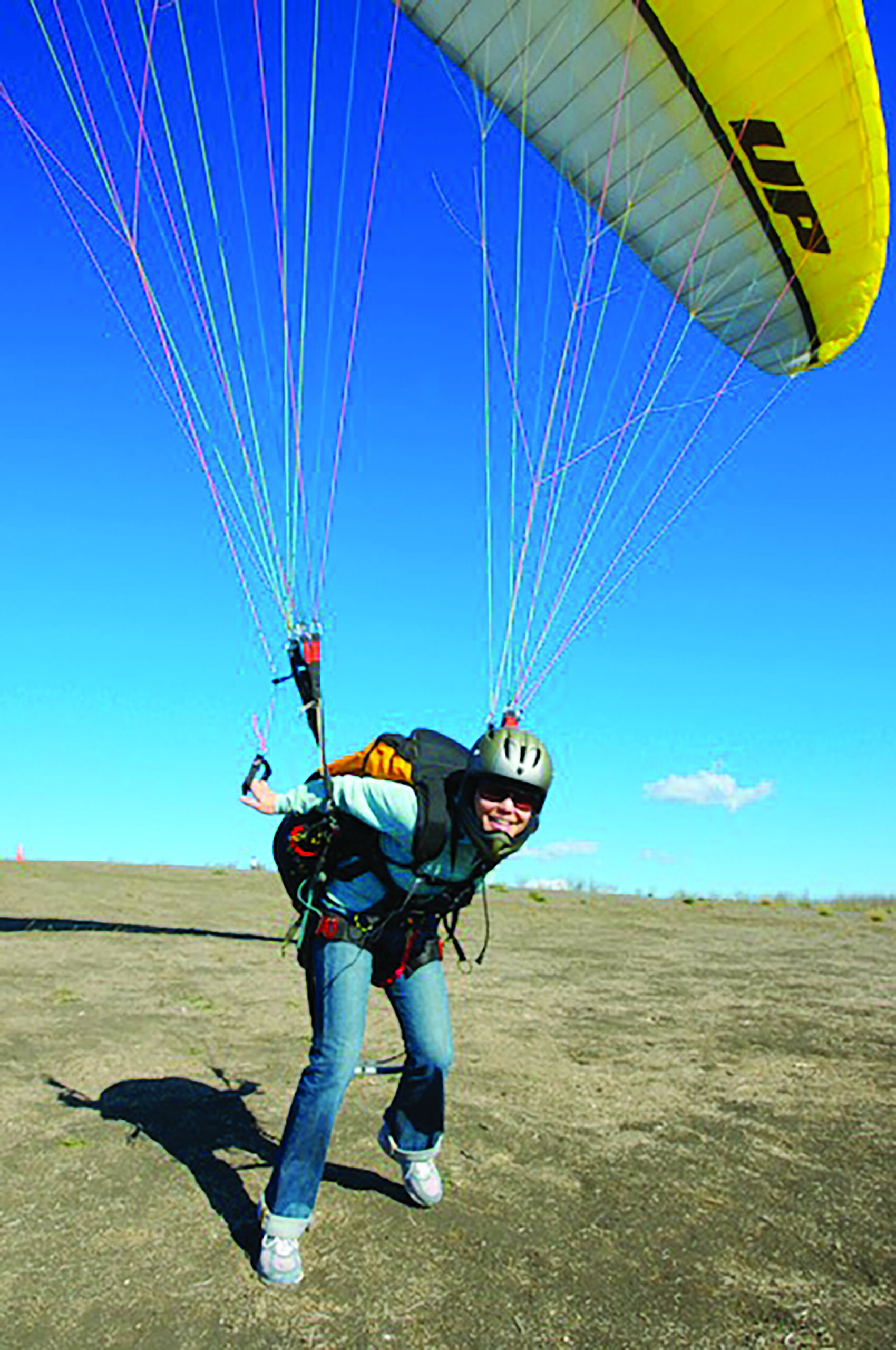
Freedom of flight
Eagle Paragliding is also known for organizing an annual winter trip to Colombia, another part of the globe with ideal conditions for the sport and spectacular scenery. Clyde Kelso is a resident of Fairbanks, Alaska who learned to paraglide in Santa Barbara about a decade ago and now loves the sport so much that he usually joins Eagle Paragliding for the South American trip. Kelso told Ventana that he always wanted to fly.
“It’s absolutely fantastic. You talk to most paragliders, pilots, they’ll tell you that when they were kids, they used to have dreams about being able to stand out in the wind with their arms out and flying. Just about every single one of us have had those dreams. And, you know, guys like Chuck Yeager, the real ace pilots like them, same thing. And I highly, highly suspect that the Wright Brothers were exactly the same thing,” Kelso said on Jan. 16, prior to his latest paragliding vacation in Colombia.
Kelso was no stranger to flying before taking up paragliding: He served as a U.S. Army helicopter pilot, ending his military career as a helicopter instructor. While others compare paragliding to surfing, Kelso made an allusion to sailing.
“Freedom. Absolute and total freedom…when you’re out on a sailboat, all your problems you leave right on shore. The only thing you’re thinking about is the wind, the waves, how to set your sail. That’s exactly the same thing that you get with paragliding, except you’re working in three dimensions instead of two.”
Kelso discussed some of the process of paragliding, such as searching for thermals, rising warm air frequently found near mountain slopes that lift paragliders higher.
“On a paraglider you’re always descending at about 200 feet per minute,” he explained.
“So, you want to find somewhere where the air is going up more than 200 feet per minute so that you can use it as an elevator. We do just like the buzzards do. We find the thermal, we circle in it until we get up as high as we possibly can, and then we go hunt for the next thermal. And doing that, we can fly eight, nine hours if you’re a very competent pilot and you’re in good weather conditions.”
Kelso enjoys the intellectual aspects of paragliding.
“I have a T-shirt that I had made special, and it says ‘Paragliding — Mind Powered Flight.’ It’s like a huge chess game that you’re working in three dimensions.”
Eagle Paragliding School
415 West Anapamu, Santa Barbara
805.968.0980
www.paragliding.com
Fly Above All Paragliding
805.965.3733
info@flyaboveall.com
flyaboveall.store


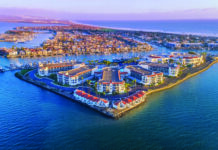

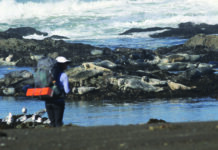
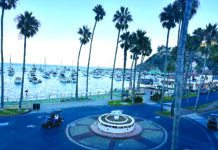
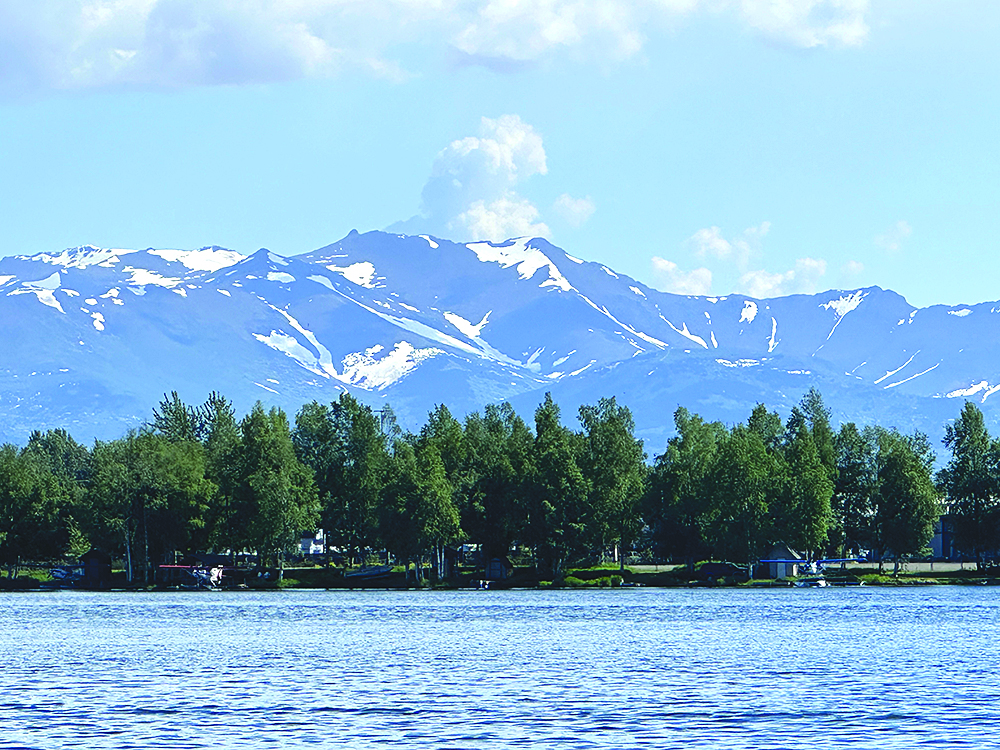



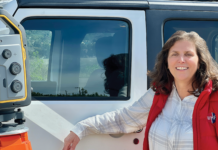

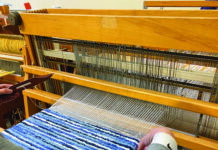

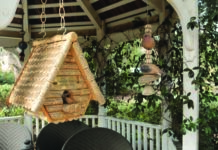

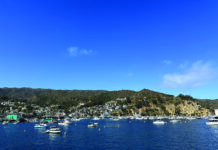
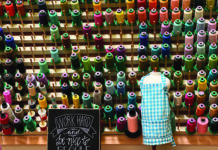

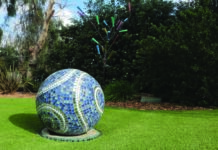


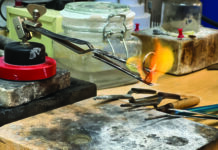
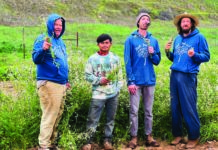
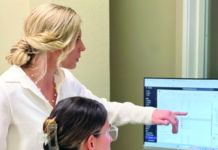
[…] Story continues […]
Comments are closed.